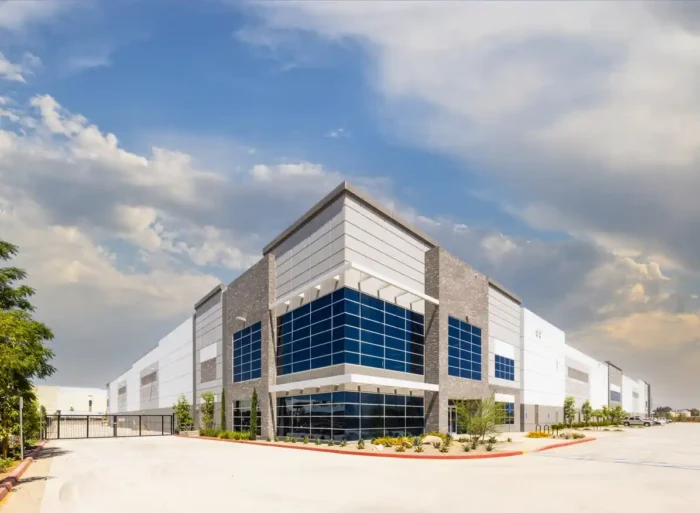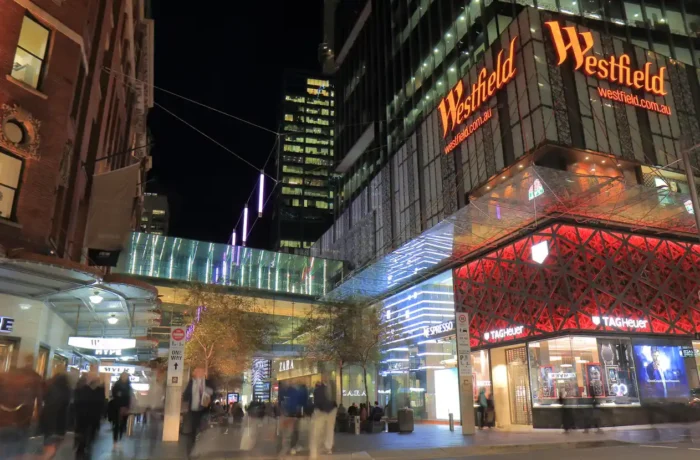Why Commercial Real Estate Faces the Same Supply Crisis as Residential
Published
October 22, 2025
Published
October 22, 2025

Australia’s property conversation has long revolved around the countrywide housing supply shortage, NIMBYs (Not-In-My-Backyard) and the impossible government task of delivering 1.2 million new homes in five years. And while everyone’s been staring at the resi crisis, another supply crisis has been quietly building—this time in the commercial property market.
In the commercial sector, it’s a similar tale, with tight supply, soaring demand and a development pipeline that’s drying up fast.
We’ll expose how we got here and what the future might hold for the commercial property market’s stakeholders.
It all starts with developers
This year’s AFR Property Summit saw a long list of extremely optimistic landlords. Take Lendlease’s investment management head Vanessa Orth, who said to the AFR, “We don’t have enough supply, so it’s all about simple fundamentals. Low supply and strong demand will start to push up pricing. And when I say pricing, it’s rents.”
Sound like the same problem the housing market’s been grappling with for a decade? Well, it is.
Developers are struggling to get projects off the ground. Construction costs have soared, approvals are a slog and financing is harder to secure than ever. The result? A pipeline that’s disappearing across nearly every asset class in every state.
“If you don’t create the supply,” Charter Hall’s chief executive David Harrison said, “you’re going to have an undersupplied market, and rents and capital values continue to grow.”
That’s exactly what’s playing out in residential property, and it’s now spreading to the commercial sector.
Office demand hot but supply frozen
We’ve all heard it since COVID-19: “office is dead.” But in prime locations across the country, demand is still up. It’s supply which is all but non-existent.
Between inflated land values, expensive materials and sluggish construction, new prime office projects aren’t stacking up. Tenants are left competing for quality space while older stock falls further behind, which is why it’s been crucial for landlords to present the best version of their office stock.
The result has been rising rents for the best assets and a great inequality gap across the office landscape. It’s a landlord’s market (for now) but a major problem for the economy.
Retail evolving without new development

Australia hasn’t seen a major new retail project in more than a decade. And none of the big players have plans to start one soon.
That’s extraordinary in a country where population growth has surged and consumer spending continues to migrate toward experience-driven destinations. One look at the US’s mall culture is all you need for proof.
It’s also a red flag. A retail network designed for a 2010 population can’t serve a 2030 culture. The longer the development drought continues, the harder it will be to create the mixed-use, lifestyle-oriented retail hubs cities are beginning to demand.
Industrial running on empty
For years, industrial property has been the darling of investors, a sector powered by e-commerce and logistics demand (and soon, AI and data storage). But the same fundamentals that drove its boom are now causing bottlenecks.
Land around major transport corridors is scarce, construction costs are high and infrastructure projects are sucking up labour and materials.
Risk aversion limits the capacity to deliver new logistics facilities, distribution centres and manufacturing hubs, precisely when Australia needs them.
If the money’s not there…
So, why isn’t supply stepping up to meet demand? The answer is in the numbers.
Replacement costs are now well above what current market rents can justify. Even as interest rates begin to soften and material costs stabilise, construction productivity hasn’t caught up.
And if a construction crew can’t work a full week on a given commercial project, that inefficiency compounds and causes cost problems.
Why it matters

On paper, landlords should be thrilled. Fewer developments mean existing assets grow in value, just as we’ve been watching for over 24 months in the residential market. For commercial, rents rise and cap rates compress.
But in the long term, a commercial property shortage will ripple through the economy just as the housing shortage has—pushing up consumer prices, stoking inflation and making it harder for businesses to expand.
If cafes can’t find leases, warehouse operators can’t afford logistics premises or small firms are forced to settle for substandard space, productivity suffers. And the dominoes don’t stop there, as the cost of doing business increases to keep up with rental payments. Those costs are eventually poured into households (as if the cost of living wasn’t high enough) and the wealth gap widens further and further.
This dire forecast is not to induce fear but to portray reality.
The link between two supply crises
One supply crisis in housing, another in commercial property. Both stem from the same root causes, being rigid policies, high build costs and poor productivity in the development sector.
Imperatively, the next few years will determine whether the cycle is broken or cemented. Without new commercial supply—we’re talking retail, office and industrial premises—the economy’s ability to grow will decline. Until then, landlords will enjoy the upside (however short-term it may be) while the broader economy will pay for it.
Want more insights and opinions like this one? Subscribe to our newsletter to join +1,000 sophisticated investors receiving our monthly news and views.
We never spam you and you can unsubscribe anytime.






